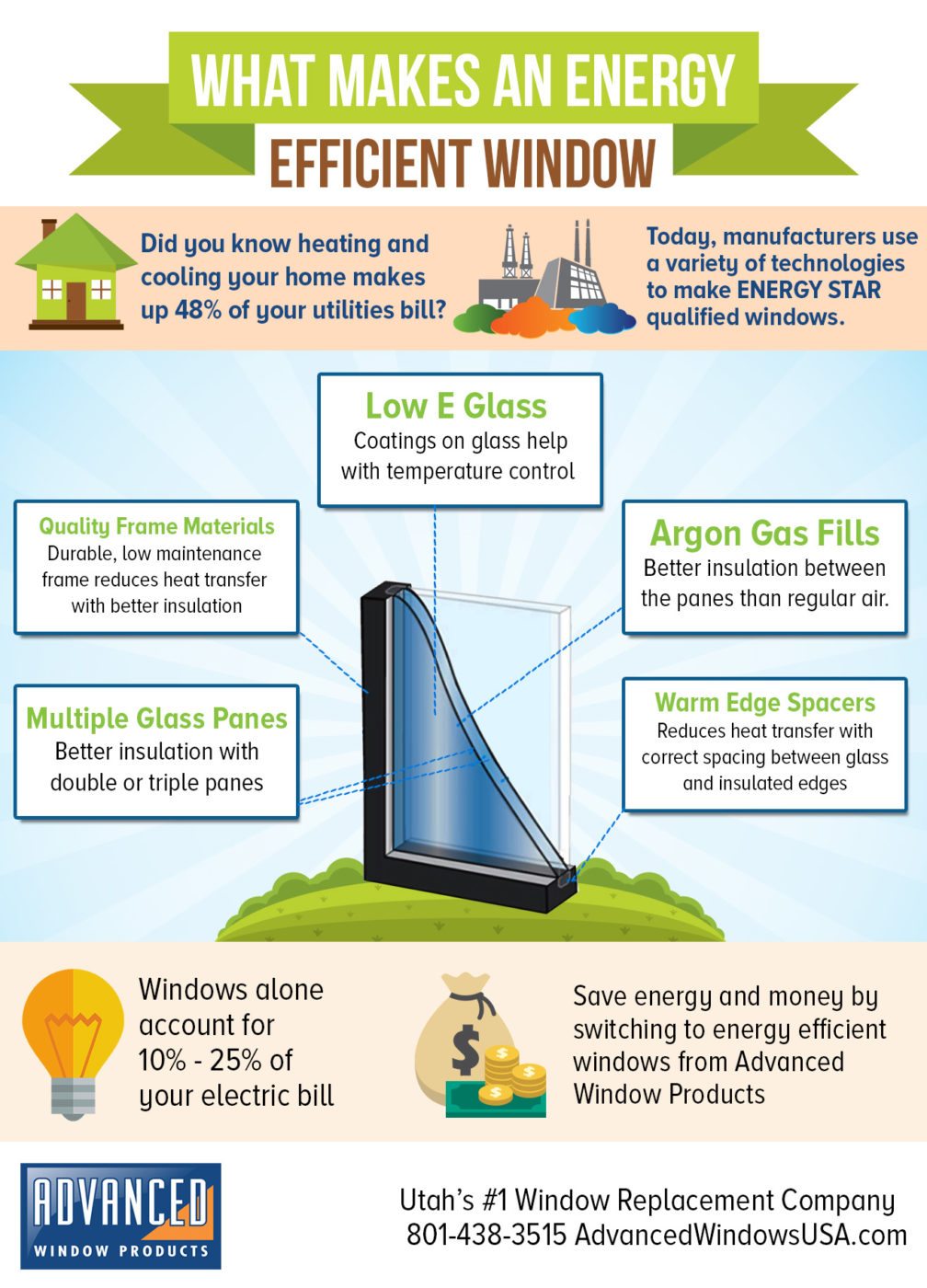Superior Stress Washing Approaches For All Surface Types
Superior Stress Washing Approaches For All Surface Types
Blog Article
Writer-Lassen Keating
When it pertains to push washing, the technique you pick can make all the difference in accomplishing a tidy, streak-free surface. You may find that tough surface areas, like concrete, call for a different technique than softer products, such as timber or vinyl. It's essential to adjust your methods to the surface type to avoid damages while making best use of cleaning performance. So, what are the very best strategies for each surface area, and how can you guarantee you're utilizing the right setups and tools for the task? Let's discover what you require to understand to obtain the most effective results.
Hard Surface areas
When it involves press cleaning difficult surfaces, preparation is crucial. Prior to you even think about taking out the stress washer, take the time to clear the location of any kind of debris, furnishings, or challenges. You don't want anything getting in your method or potentially destructive your equipment.
Next, evaluate the surface area for any kind of fractures or damage; this will certainly assist you figure out the right method and stress setups.
When you have actually prepared the area, it's necessary to choose the best nozzle. For hard surfaces like concrete or brick, a narrow nozzle (15 or 25 degrees) functions best to give a focused stream of water that can efficiently eliminate crud and discolorations. Constantly begin at a distance and gradually move closer to prevent any type of surface damages.
As you begin cleaning, maintain the stick relocating to protect against streaks and over-saturation. It's likewise helpful to work from the top down, permitting dirt and debris to get rid of normally.
Lastly, bear in mind to wash the surface area extensively after cleaning up to eliminate any kind of remaining detergent. With these methods, you'll attain a clean and rejuvenated appearance on all your tough surfaces.
Soft Surfaces
Pressure washing soft surfaces requires a gentler method to shield them from damage. Whether you're cleaning your deck, patio area furniture, or house siding, using excessive stress can lead to damages, scrapes, and even irreparable damage.
Start by choosing a low-pressure nozzle, preferably a 25-degree or bigger spray pattern, to distribute the water extra carefully.
Before you begin, it's essential to pre-treat any type of stains with a suitable cleansing solution. This step allows the cleaner to permeate the dirt and gunk, making it much easier to remove without scrubbing too hard.
Constantly use window washer from all-time low as much as stop spotting.
When you begin stress cleaning, keep a distance of at least 12 to 18 inches from the surface. Move your wand in a sweeping motion, maintaining it alongside the surface to stay clear of concentrated pressure on one spot.
Rinse the area extensively after cleaning to get rid of any kind of recurring cleanser.
Lastly, inspect the surface for any missed spots and repeat the procedure if essential. By complying with these actions, you can successfully tidy soft surfaces while protecting their integrity and appearance.
Specialty Surfaces
Cleansing soft surfaces requires care, yet specialized surfaces require a lot more interest to detail. When you take on these surfaces, like delicate wood, discolored concrete, or certain sorts of siding, using the best stress washing techniques is critical to avoid damage.
First, examine the product. For instance, dealt with wood can usually withstand modest pressure, yet softer woods like cedar might call for a reduced setting. Always start with the lowest pressure and gradually raise if necessary.
For discolored https://hotel-cleaners-services76431.idblogz.com/33078646/sidestep-high-repair-prices-the-necessity-of-regular-gutter-cleansing , make use of a fan spray nozzle and maintain a constant distance to avoid etching the surface area.
When dealing with surface areas like vinyl siding or painted surfaces, a broad spray pattern aids disperse the stress uniformly, protecting the surface.
It's also wise to utilize cleaning agents specifically designed for specialty surface areas. They can enhance cleansing without jeopardizing the material.
Rinse completely after cleaning to get rid of any residue, as it can lead to staining or damage over time.
Conclusion
In conclusion, understanding pressure cleaning strategies for different surfaces can make all the distinction in your cleansing results. For hard surfaces, stay with narrow nozzles and a top-to-bottom technique, while soft surfaces require a gentler touch with larger nozzles. Don't neglect to pre-treat stains and wash completely to avoid deposit. By adapting your methods per product, you'll not just accomplish a cleaner surface but additionally protect the integrity of your surfaces. Satisfied cleaning!
